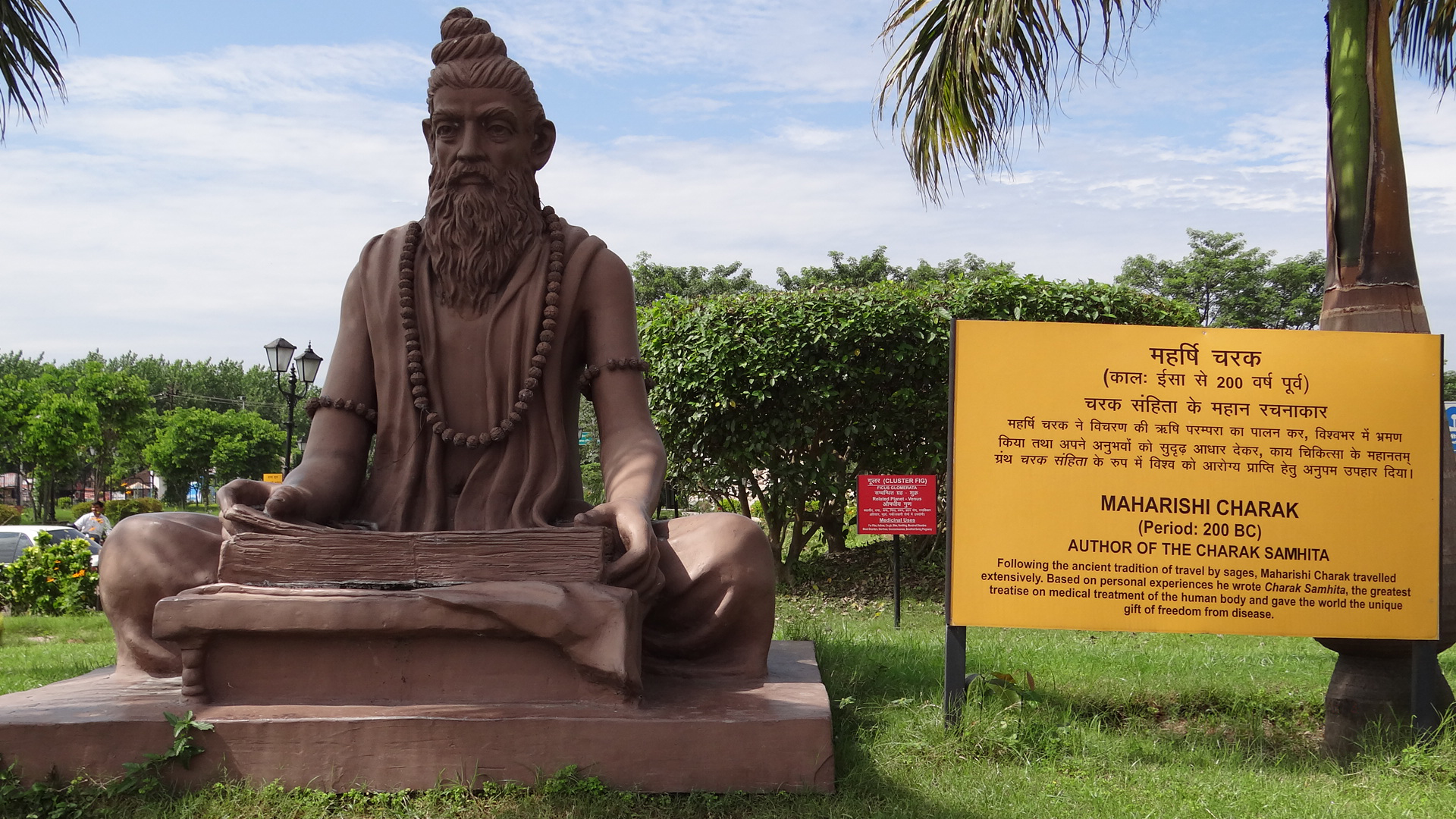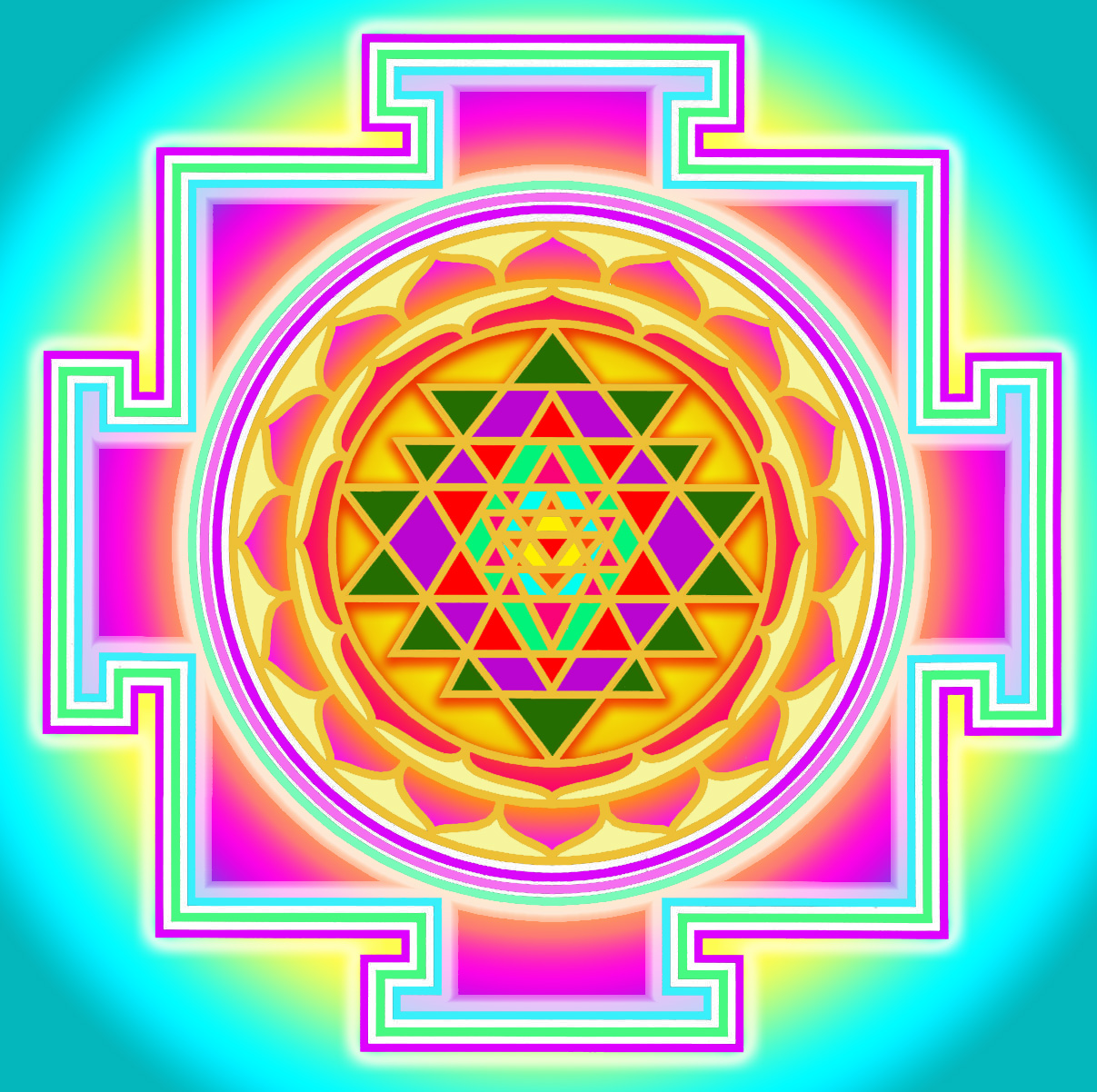|
Bhavana Upanishad
The ''Bhavana Upanishad'' (, IAST: Bhāvana Upaniṣad) is a medieval era minor Upanishad of Hinduism. Composed in Sanskrit, the text is classified as one of the Shakta Upanishads and attached to the Atharvaveda. The Upanishad identifies the human body as Srichakra yantra and elaborates on this theme, and its worship. History The author and the date when ''Bhavana Upanishad'' was composed are unknown. The text was likely composed, in the same period as other Shakta Upanishads, between the 12th- and 15th-century CE. While this text is a relatively late composition in the Upanishadic collection, literary evidence confirms that Shakta Tantrism has roots in ancient times and the interaction between Vedic and Tantric traditions trace back to at least the sixth century, and the surge in Tantra tradition developments during the late medieval period, states Geoffrey Samuel, were a means to confront and cope with Islamic invasions and political instability in and after 14th-century CE in pa ... [...More Info...] [...Related Items...] OR: [Wikipedia] [Google] [Baidu] |
Atharvaveda
The Atharvaveda or Atharva Veda (, , from ''wikt:अथर्वन्, अथर्वन्'', "priest" and ''wikt:वेद, वेद'', "knowledge") or is the "knowledge storehouse of ''wikt:अथर्वन्, atharvans'', the procedures for everyday life".Laurie Patton (2004), "Veda and Upanishad," in ''The Hindu World'' (Editors: Sushil Mittal and Gene Thursby), Routledge, , page 38 The text is the fourth Veda, and is a late addition to the Vedic scriptures of Hinduism.Laurie Patton (1994), ''Authority, Anxiety, and Canon: Essays in Vedic Interpretation,'' State University of New York Press, , page 57 The language of the Atharvaveda is different from Rigvedic Sanskrit, preserving pre-Vedic Indo-European archaisms. It is a collection of 730 Music of India#History, hymns with about 6,000 mantras, divided into 20 books.Maurice Bloomfield''The Atharvaveda'' Harvard University Press, pages 1-2 About a sixth of the Atharvaveda texts adapt verses from the Rigveda, and exce ... [...More Info...] [...Related Items...] OR: [Wikipedia] [Google] [Baidu] |
Anthology
In book publishing, an anthology is a collection of literary works chosen by the compiler; it may be a collection of plays, poems, short stories, songs, or related fiction/non-fiction excerpts by different authors. There are also thematic and genre-based anthologies.Chris Baldrick''The Oxford Dictionary of Literary Terms'' 3rd. ed (2008) Complete collections of works are often called " complete works" or "" (Latin equivalent). Etymology The word entered the English language in the 17th century, from the Greek word, ἀνθολογία (''anthologic'', literally "a collection of blossoms", from , ''ánthos'', flower), a reference to one of the earliest known anthologies, the ''Garland'' (, ''stéphanos''), the introduction to which compares each of its anthologized poets to a flower. That ''Garland'' by Meléagros of Gadara formed the kernel for what has become known as the Greek Anthology. '' Florilegium'', a Latin derivative for a collection of flowers, was used in mediev ... [...More Info...] [...Related Items...] OR: [Wikipedia] [Google] [Baidu] |
Devi Upanishad
The ''Devi Upanishad'' (Sanskrit:देवी उपनिषत्), is one of the minor Upanishads of Hinduism and a text composed in Sanskrit. It is one of the 19 Upanishads attached to the Atharvaveda, and is classified as one of the eight Shakta Upanishads. It is, as an Upanishad, a part of the corpus of Vedanta literature collection that present the philosophical concepts of Hinduism. The text was likely composed between 9th- to 14th-centuries CE. It refers to '' Mahadevi'' as representing all goddesses. The Devi Upanishad is part of the five Atharvashiras Upanishads important to Tantra and Shakta philosophy traditions. The Upanishad states that the Goddess is the Brahman (ultimate metaphysical Reality), and from her arise Prakṛti (matter) and Purusha (consciousness). She is bliss and non-bliss, the Vedas and what is different from it, the born and the unborn, and all of the universe. Etymology ''Devi'' and ''Deva'' are Sanskrit terms found in the Vedic literature, ... [...More Info...] [...Related Items...] OR: [Wikipedia] [Google] [Baidu] |
Atharvashiras Upanishad
The ''Atharvashiras Upanishad'' () is a Sanskrit text that is one of the minor Upanishads of Hinduism. It is among the 31 Upanishads associated with the Atharvaveda. It is classified as a Shaiva Upanishad focussed on god Rudra. The Upanishad is notable for asserting that all gods are Rudra, everyone and everything is Rudra, and Rudra is the principle found in all things, their highest goal, the innermost essence of all reality that is visible or invisible. Rudra is Atman and Brahman, and in the heart. Rudra's symbol is Om, states the text, he can be realized by abandoning anger and lust, and through silence alone. The text is known for its monism (''Advaita''), and was quoted extensively by the German philosopher Hegel. It is also known as Atharvasirasopanishad, Atharvashira, Atharvasira in some texts referencing it, and as Śira Upanishad in Muktikā canon of 108 Upanishads. Being a Shaiva Upanishad, it is also known as Shiva-Atharva-Sheersham or Shivātharva-Sheersham. Chr ... [...More Info...] [...Related Items...] OR: [Wikipedia] [Google] [Baidu] |
Hindu Philosophy
Hindu philosophy or Vedic philosophy is the set of philosophical systems that developed in tandem with the first Hinduism, Hindu religious traditions during the Iron Age in India, iron and Classical India, classical ages of India. In Indian philosophy, of which Hindu philosophy is a prominent subset, the word used for philosophy is ''Darshana'' (Sanskrit: दर्शन; meaning: "viewpoint or perspective"), from the Sanskrit root 'दृश' () meaning 'to see, to experience'. The schools of thought or ''Darshanas'' within Hindu philosophy largely equate to the six ancient orthodox schools: the ''Āstika and nāstika, āstika'' (Sanskrit: आस्तिक) schools, defined by their acceptance of the Vedas, the oldest collection of Sanskrit literature, Sanskrit texts, as an authoritative source of knowledge. Of these six, Samkhya (सांख्य) is the earliest school of Dualism (Indian philosophy), dualism; Yoga (philosophy), Yoga (योग) combines the metaphysics ... [...More Info...] [...Related Items...] OR: [Wikipedia] [Google] [Baidu] |
Samkhya
Samkhya or Sankhya (; ) is a dualistic orthodox school of Hindu philosophy. It views reality as composed of two independent principles, '' Puruṣa'' ('consciousness' or spirit) and '' Prakṛti'' (nature or matter, including the human mind and emotions). ''Puruṣa'' is the witness-consciousness. It is absolute, independent, free, beyond perception, above any experience by mind or senses, and impossible to describe in words. ''Prakṛti'' is matter or nature. It is inactive, unconscious, and is a balance of the three '' guṇas'' (qualities or innate tendencies), namely '' sattva'', '' rajas'', and '' tamas''. When ''Prakṛti'' comes into contact with ''Purusha'' this balance is disturbed, and ''Prakṛti'' becomes manifest, evolving twenty-three tattvas, namely intellect ('' buddhi'', ''mahat''), I-principle ('' ahamkara''), mind ('' manas''); the five sensory capacities known as ears, skin, eyes, tongue and nose; the five action capacities known as hands (''hasta''), fee ... [...More Info...] [...Related Items...] OR: [Wikipedia] [Google] [Baidu] |
Atman (Hinduism)
Atman or Ātman may refer to: Religion * Ātman (Hinduism), ''Ātman'' (Hinduism), meaning "Self", a philosophical concept common to all schools of Hindu philosophy * Ātman (Buddhism), ''Ātman'' (Buddhism), ''attā'' or ''attan'', a reference to the essential self ** ''Anattā'' or ''anātman'' — "not-self", central concept in Buddhism * Ātman (Jainism), ''Ātman'' (Jainism), or ''Jīva'', a philosophical term used within Jainism to identify the soul * ''Atman jnana'' — "knowledge" in the context of Indian philosophy and religions Film * Ātman (1975 film), ''Ātman'' (1975 film), a Japanese experimental short film directed by Toshio Matsumoto * Atman (1997 film), ''Atman'' (1997 film), a documentary film directed by Pirjo Honkasalo People * Cynthia Atman, American engineer * Pavel Atman (born 1987), Russian handball player See also * Ataman, a title of Cossack and haidamak leaders of various kinds * Atma (other) * Atta (other) * Divine soul (disambi ... [...More Info...] [...Related Items...] OR: [Wikipedia] [Google] [Baidu] |
Sri Yantra
The Sri Yantra, Shri Yantra, or Shri Chakra (Sanskrit: श्री यन्त्र, IAST: śrī yantra) is a form of mystical diagram (''yantra'') used in the Shri Vidya school of Hinduism. Comprising nine interlocking triangles, it embodies complex symbolism. Four upward triangles signify Shiva, while five downward triangles represent Shakti, encompassing the cosmic and human realms around a central point called the bindu. This configuration is sometimes termed the "Navayoni Chakra". The Sri Yantra holds great significance in the Shri Vidya school, central to its worship. It symbolizes the union of masculine and feminine divine energies. The triangles, varying in size, form 43 smaller triangles in concentric levels, mirroring the cosmos. The power point (Bindu (symbol), bindu) stands as the cosmic center, encompassed by concentric circles with lotus petal patterns denoting creation and life force. These elements, set within an earth square, depict a temple with doors to diff ... [...More Info...] [...Related Items...] OR: [Wikipedia] [Google] [Baidu] |
Hanuman
Hanuman (; , ), also known as Maruti, Bajrangabali, and Anjaneya, is a deity in Hinduism, revered as a divine ''vanara'', and a devoted companion of the deity Rama. Central to the ''Ramayana'', Hanuman is celebrated for his unwavering devotion to Rama and is considered a '' chiranjivi''. He is traditionally believed to be the spiritual offspring of the wind deity Vayu, who is said to have played a significant role in his birth. In Shaiva tradition, he is regarded to be an incarnation of Shiva, while in most of the Vaishnava traditions he is the son and incarnation of Vayu. His tales are recounted not only in the ''Ramayana'' but also in the '' Mahabharata'' and various ''Puranas''. Devotional practices centered around Hanuman were not prominent in these texts or in early archaeological evidence. His theological significance and the cultivation of a devoted following emerged roughly a millennium after the ''Ramayana'' was composed, during the second millennium CE.Paula Richman ... [...More Info...] [...Related Items...] OR: [Wikipedia] [Google] [Baidu] |
Rama
Rama (; , , ) is a major deity in Hinduism. He is worshipped as the seventh and one of the most popular avatars of Vishnu. In Rama-centric Hindu traditions, he is considered the Supreme Being. Also considered as the ideal man (''maryāda'' ''puruṣottama''), Rama is the male protagonist of the Hindu epic '' Ramayana''. His birth is celebrated every year on Rama Navami, which falls on the ninth day of the bright half ( Shukla Paksha) of the lunar cycle of Chaitra (March–April), the first month in the Hindu calendar. According to the ''Ramayana'', Rama was born to Dasaratha and his first wife Kausalya in Ayodhya, the capital of the Kingdom of Kosala. His siblings included Lakshmana, Bharata, and Shatrughna. He married Sita. Born in a royal family, Rama's life is described in the Hindu texts as one challenged by unexpected changes, such as an exile into impoverished and difficult circumstances, and challenges of ethical questions and moral dilemmas. The most not ... [...More Info...] [...Related Items...] OR: [Wikipedia] [Google] [Baidu] |





